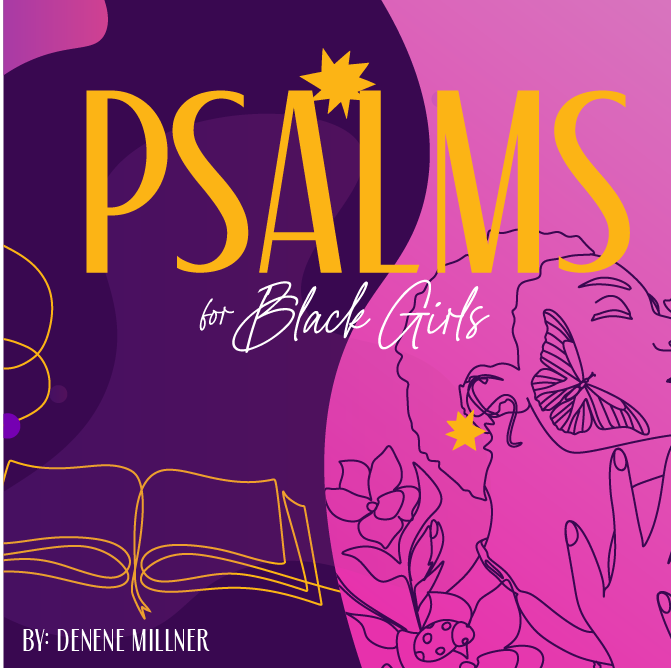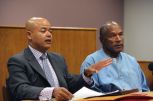
Source: iOne Creative / iOne
While they yell and snarl and gnash their teeth, demanding everybody from U.S. Supreme Court nominees to local school board members to the neighborhood dog catcher denounce teaching students all the ways American racism has run this country into the damn ground, I can’t help but to cackle—especially at the debacle around African American studies.
I mean, in the last couple years since the whole world was all “Black Lives Matter” and “let’s change the degrading name of that pancake syrup to show the Blacks we love them” with it, some 36 states have either enacted or introduced laws and policies barring discussion of racism and race in the classroom, with Florida leading the charge to erase Black history from its schools. Indeed, earlier this month, Florida Governor Ron DeSantis’ state education department
tossed the middle finger to the College Board’s new Advanced Placement African American Studies class, refusing to allow the course to be taught in its high schools because, according to Florida education leaders, the class is “inexplicably contrary to Florida law and significantly lacks educational value.”
Nevermind that the course was developed during the
span of a decade in collaboration with more than 130 professors, including many from HBCUs across the country, or that high school teachers who helped roll out the AP class’s pilot were trained at Howard University. All that caterwauling about Africa and the Haitian revolution and the civil rights movement and art, culture and politics and geography explored through a distinctively Black lens is, according to DeSantis and his ilk, a useless educational pursuit for the good children of Florida. AP European History, and classes in Art History and European and Asian languages are perfectly acceptable, though.
Be clear.
Mind you, while infuriating, Florida’s decision isn’t surprising. If you’re anything like me, you’re crinkling your brow, shaking your head, and wondering just when all this teaching of the United States’ full history ever actually saw the light of day in the average American classroom in the first place. Of course, there’s the obligatory Dr. Martin Luther King, Jr., “I Have a Dream” lesson around the Civil Rights icon’s birthday in January (but definitely not around his assassination in April), and somebody might slap a picture of former President Obama, Oprah and, like, Harriet Tubman on the wall for Black History Month—and the truly inspired might toss in some deets about the 13th Amendment, usually in service to a larger lesson on the U.S. constitution. But for real, where’re all these bold ass, Black ass, this-is-the-real-tea-on-systemic-racism-white-privilege-and-American-history-that’ll-surely-make-white-children-feel-bad-about-themselves lessons being taught?
See, I’ve had kids in the American public school system. The teachers are overworked, severely underpaid, using their own money to subsidize simple classroom needs like pencils and sanitizer for grubby hands and tissue for snotty noses. And they’re following an already-restrictive curricula designed to give the most basic, catch-all, pass-the-test lessons to our children—an education that graduates all-too-many of American kids with reading and writing proficiencies that are adequate at best. My older daughter remembers slavery being covered exactly one day in one class in her entire four years in high school. One. My younger daughter says at some point in her high school American History class, she remembers looking around and wondering why they were learning only about white men. For extra kicks and giggles, she noted that in her AP World History class, never once was Africa discussed. Not nan time. And they went to a diverse school in the middle of Atlanta.











